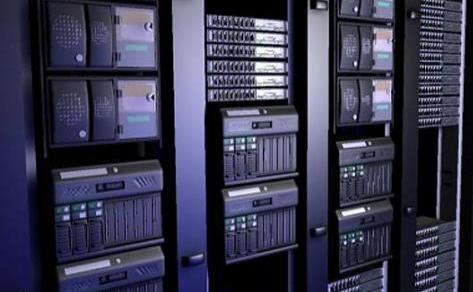3 tips to help choose an IT Rack
What should you consider when deciding which IT racks are suitable for your business needs?


Racks may seem a trivial factor to consider, but they are closely tied to the operation of a data centre, and as such have a significant effect on how long work orders take. In general, lower-cost racks require more time for things like cable management and mounting which, in large quantities, can have a material impact on operational costs.
So what should you consider when deciding which IT racks are suitable for your business needs? Here are three questions you should think about.
What are the dimensions?
Many IT rack vendors typically offer standard IT rack models based on market analysis. Selecting one of these standard rack models is generally lower cost compared to non-standard racks, if it is appropriate for the equipment. Standard, vendor-neutral racks almost always guarantee universal compatibility and allow for greater flexibility when purchasing and mounting equipment.
Increasingly, deeper IT equipment, higher cable densities and higher power densities are driving the need for wider and taller IT racks. When choosing a wide rack, it is worth ensuring that the rack vendor provides wide vertical rails. This will prevent cold air leakage and hot air recirculation and ultimately increase the efficiency and longevity of the equipment.
What equipment needs to be mounted?
Depending on the IT equipment, the most appropriate rack will either be a server rack or a network rack. Network racks are usually wider than server racks, which gives extra space for cabling, so taking time to identify the attributes of the IT equipment will help establish some basic rack parameters, such as dimensions and load capacity.
Certain key attributes will influence the most appropriate choice of rack, from the number of power cords that will be in use to the cooling requirements and total weight, including the non-IT equipment weight. Taking into account the extra width and depth of non-IT equipment such as cables is something that can be easily overlooked, but which is critical in making the rack safe and secure.
What is the growth plan?
An IT rack generally has more than an eight-year life cycle which will support multiple generations of IT equipment. Currently, most equipment is standardised, and can therefore be mounted into a basic 19-inch rack.
ChannelPro Newsletter
Stay up to date with the latest Channel industry news and analysis with our twice-weekly newsletter
However, if future equipment needs are unknown, oversizing the width and depth may be the right approach. In some cases, administrators or data centre designers may want to maximise the number of racks in a data centre, but will also want some racks with extra room for cabling. In some scenarios, multiple rack layouts would be the best approach; layouts in horizontal and vertical directions to enable flexibility between wide and deep racks.
Esther is a freelance media analyst, podcaster, and one-third of Media Voices. She has previously worked as a content marketing lead for Dennis Publishing and the Media Briefing. She writes frequently on topics such as subscriptions and tech developments for industry sites such as Digital Content Next and What’s New in Publishing. She is co-founder of the Publisher Podcast Awards and Publisher Podcast Summit; the first conference and awards dedicated to celebrating and elevating publisher podcasts.
-
 Cleo attack victim list grows as Hertz confirms customer data stolen
Cleo attack victim list grows as Hertz confirms customer data stolenNews Hertz has confirmed it suffered a data breach as a result of the Cleo zero-day vulnerability in late 2024, with the car rental giant warning that customer data was stolen.
By Ross Kelly
-
 Lateral moves in tech: Why leaders should support employee mobility
Lateral moves in tech: Why leaders should support employee mobilityIn-depth Encouraging staff to switch roles can have long-term benefits for skills in the tech sector
By Keri Allan